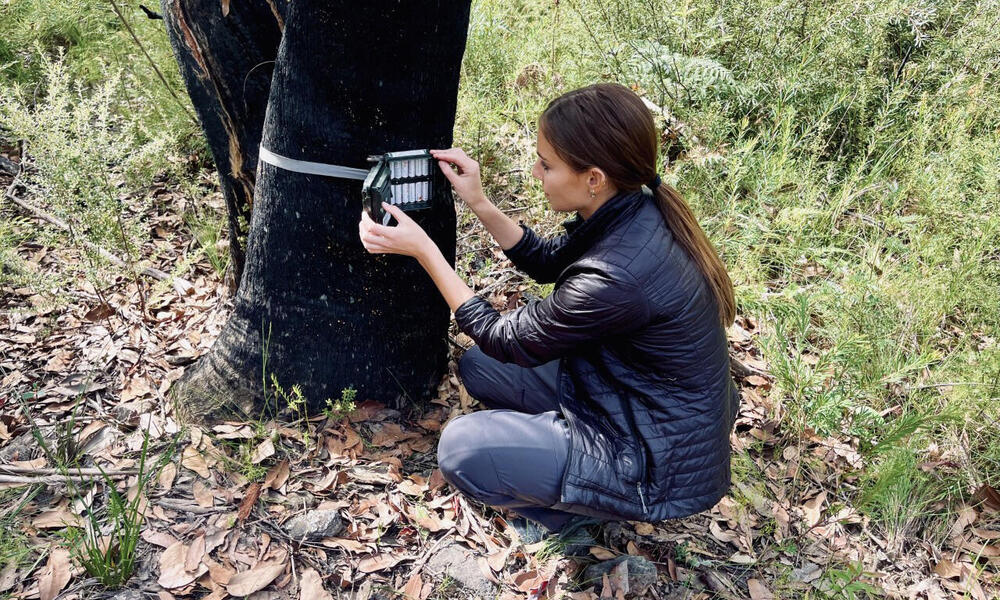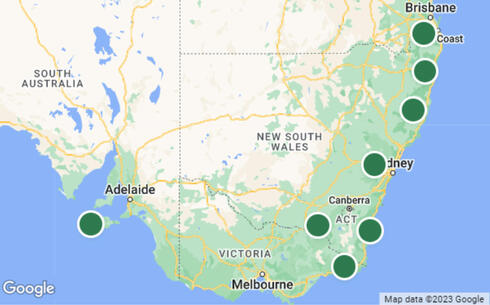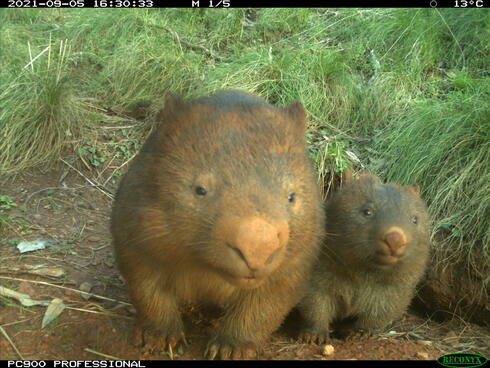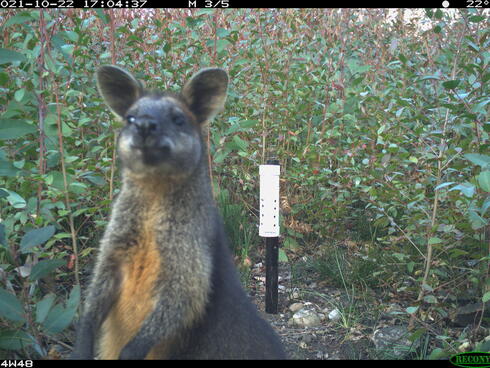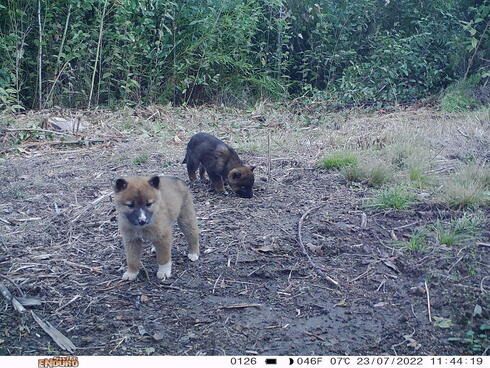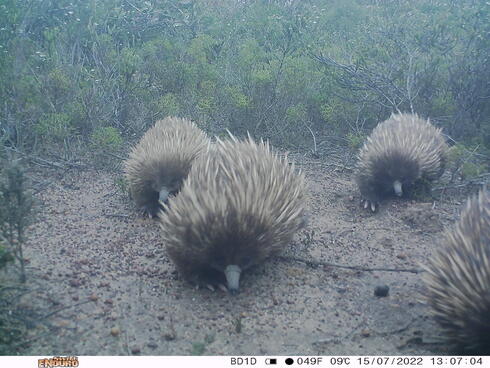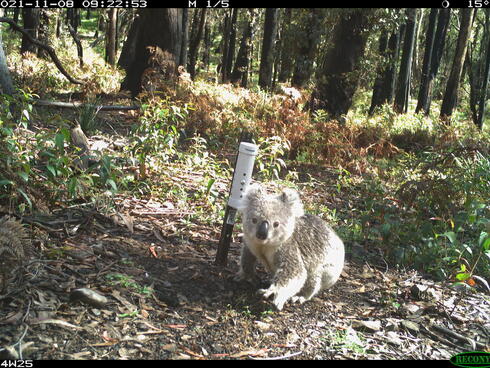The Power of Artificial Intelligence
Camera trap monitoring programs like Eyes on Recovery generate incredibly large datasets. More than 1,100 cameras have been deployed across Australia as part of this project, resulting in over 7 million images! These photos contain valuable information about wildlife recovery, but the sheer quantity of data make it slow to process and analyze, which can prevent quick and effective management actions on the ground.
Therefore, images captured by the cameras were sorted and analyzed in Wildlife Insights, a groundbreaking cloud platform that uses artificial intelligence to identify the animals detected in each photo.
For this project, Wildlife Insights implemented an updated AI model, specifically trained to identify more than 150 different Australian species. Like humans, AI models get better at recognizing and identifying animals, once they’ve looked at hundreds or thousands of images. This model was trained on over 3 million Australian images!
“The new Wildlife Insights AI model has dramatically reduced the time ordinarily required to process camera trap images,” said Emma Spencer, WWF-Australia program coordinator for Eyes on Recovery. “Having a computer do the arduous task of removing blank images from the data, and identifying important species, many of our partners are reporting at least a five- to 10-times increase in their image processing speeds. That means data which usually takes 500 hours to sort, is now being processed in around 100 hours.
